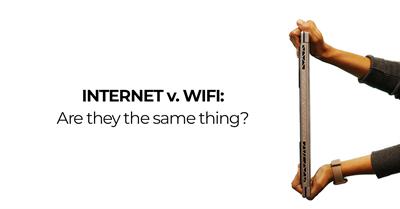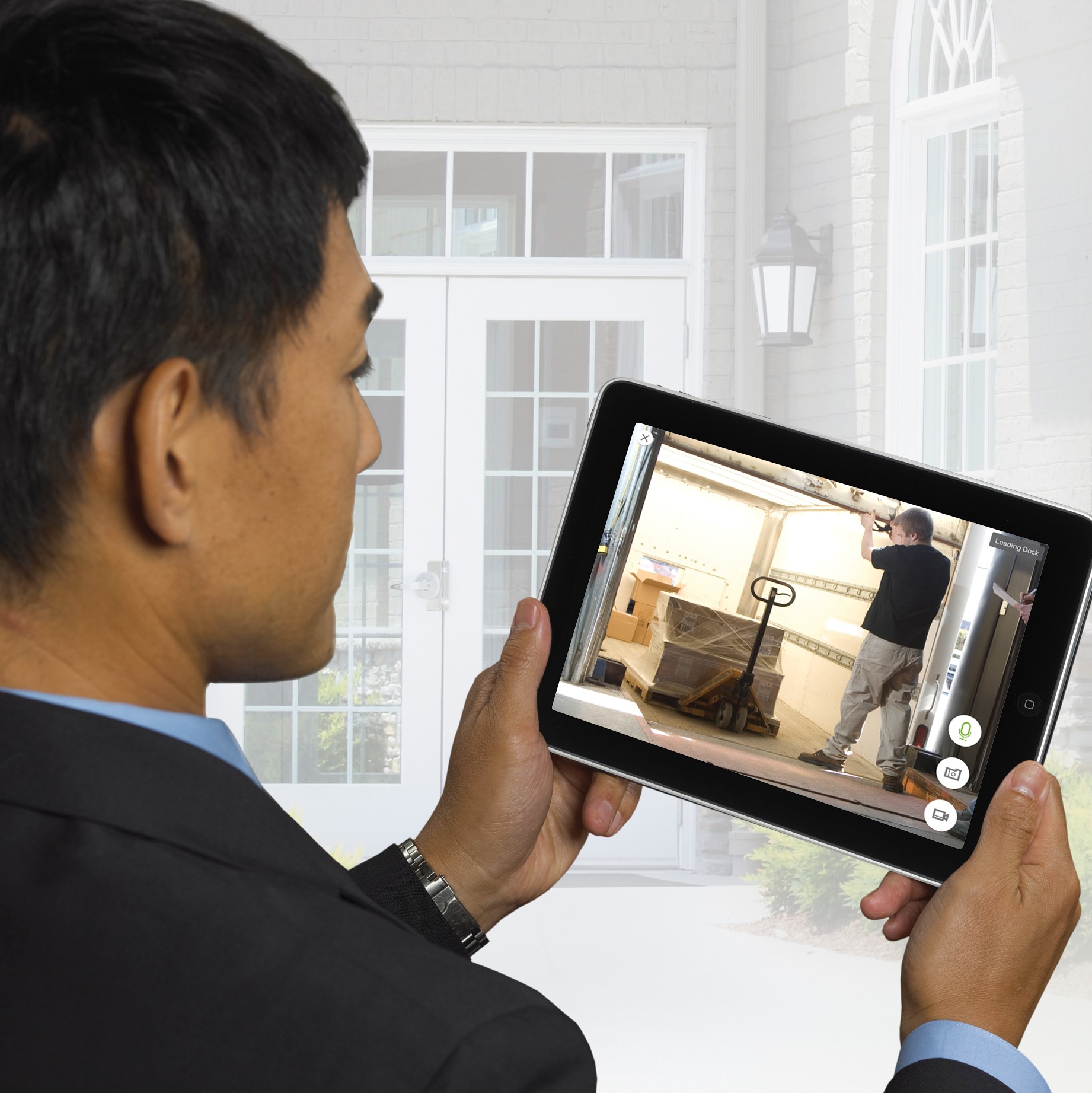Are Internet & WiFi the Same Thing? | Internet Services | GVTC
It's an odd feeling when you learn a universally accepted “truth” to be false. Common misconceptions such as lightning never strikes twice or a coin toss has a 50/50 chance of landing on either side are things we grew up hearing and therefore assume to be true. If you're surprised by those two myths, wait until you hear about two words, present in our everyday language, that you've probably been using wrong for as long as you can remember.
The words 'Internet' and 'WiFi' may often be used interchangeably as a way to communicate having access to the web; to much of most people’s surprise, they don't actually mean the same thing.
What’s the difference, then?
The reason most people don't know the difference between the two is probably due to its complex nature. Similar to a 1000+ piece puzzle, you first need to understand how all parts of internet access works in order to get the full picture.
If you're up for the challenge, we’ve broken this puzzle down to the simplest of pieces that should make it a no-brainer for everyone! At GVTC, it’s not enough to simply provide you with the best WiFi experience; we want to help clear the air and educate on this common snafu.
For starters, the Internet is defined as a chain of thousands and thousands of interconnected computer networks, coined as a combined global network. Think of it as a language that allows devices such as computers to talk to one another, a language referred to as the Internet Protocol. Without it, it wouldn't matter if two people shouted a conversation over a cell phone... no discernible sounds from either end of the phone would actually connect. Sound like a fun call, huh? Not likely!
Part two of understanding this puzzle is knowing the role of your Internet Service Provider (ISP), which is to deliver the physical connection from your home to the internet itself. Many consumers assume that an ISP is an end all be all of your ability to access the web. But that’s a little off the mark.
Your ISPs job can’t be fulfilled without the part three of this equation: your modem and router. These two bad boys are what we in the telecom world like to call translators. It’s their job to translate the internet's own language to one your computer can understand. Starting to piece the puzzle together? We hope so!
Another way to imagine it is to think of your web access as two cups tied together by a string, like in grade school! One cup on the end represents the global network (i.e. Internet), the string connecting the two cups represents your router and modem, and the cup on the far end represents your WiFi signal coming through. All parts work together to transmit, connect, and translate information with special roles for each.
Does one always require the other?
In short, the answer is no, but it depends on what you’re trying to accomplish. While it’s hard to imagine a scenario where the two don’t go together, there are functions on both ends that can happen without the other (albeit rare).
For example, you may remember the ethernet cable, that helps you connect your computer and devices to the internet the old-fashioned way, proving that the internet can be useful without a wireless connection through WiFi.
Now, if you’re thinking the Internet’s got WiFi beat on the independence competition, you’re mistaken. WiFi is not just a tool to wirelessly connect your devices to the internet; it also allows for wireless devices to intercommunicate, or connect, with each other through WiFi without the need for an internet presence, similarly to the way we use Bluetooth. That’s not to confuse WiFi for Bluetooth signal, however, as WiFi has a higher bandwidth, allows for several connected devices at a time, and is generally considered more secure; it simply works in a similar way.
So, why does this matter?
With your newfound understanding of how this all works, you are now better equipped to identify the actual issue at hand when experiencing low internet connection. Then, it may be time to rethink the right plan for your needs and check out GVTC’s super-fast Fiber Internet plans.
Using GVTC Premium WiFi powered by WiFi 6 can help to provide a strong WiFi connection for all the devices in your home. With Faster processing speeds, increased signal strength, greater WiFi coverage, and the ability to connect more devices and add Mesh Access Points (MAP) to increase coverage for larger homes, you can ensure you’re getting the most out of your WiFi.
Bragging rights
We hope that after understanding the difference between the Internet and WiFi and how they can work both together and independently of each other, you feel better equipped to make the best decision on your internet speeds. Whether you decide on or already have GVTC Premium WiFi, you can brag about your tech-savviness to your friends and family. And hey, if you also manage to look like a hero when recommending or helping them out with their slow internet or weak connection, then more power to you!

